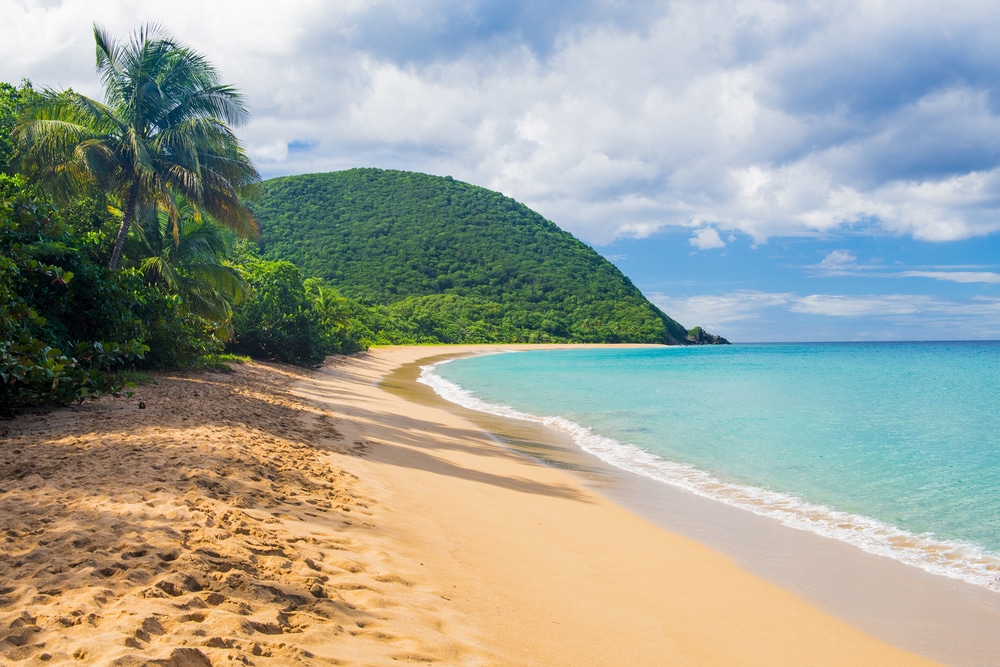Experience France and the Caribbean at the same time on one holiday – isn’t that possible? It’s possible! In Guadeloupe. The indigenous people call the archipelago in the Caribbean “Karukera”, the place of beautiful waters. This belongs to France and is considered largely undiscovered among travelers.
In the immediate vicinity are the British overseas territory of Montserrat to the northwest and the Republic of Dominica to the south. The island of Martinique, which also belongs to France, is located 120 kilometers to the south.
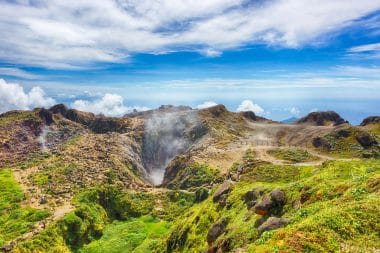
More than a dozen volcanic islands belong to Guadeloupe, six of which are inhabited – Basse-Terre, Grande-Terre, Marie-Galante, La Désirade and the Îles des Saintes. From lonely sandy beaches to forested mountains, the archipelago’s scenic diversity stretches. The two main islands of Basse-Terre and Grande-Terre together form the wings of a butterfly. They are separated by a mangrove swamp spanned by a few bridges.
Guadeloupe – Breathtaking nature with guaranteed relaxation
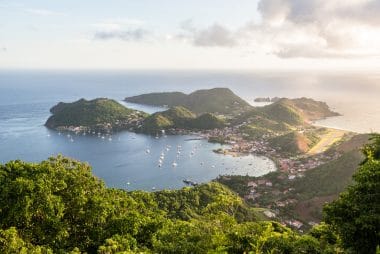
Only about 400,000 people live in Guadeloupe. The archipelago is considered one of the only 25 UNESCO biosphere reserves in the world. Thanks to its volcanic origin, there are golden and black beaches in addition to chalky white beaches. All of them invite you to laze in the soft sand.
Flower lovers will get their money’s worth at the Deshaies Botanical Garden in Basse-Terre. On seven hectares of land, you can marvel at breathtaking flowers from all over the world, including orchids, hibiscus and bougainvillea.
The tiny islands of La Désirade, Marie-Galante or Les Saintes are only about an hour’s ferry ride from the main islands and invite travellers who want to experience absolute solitude to visit as part of a day trip. During hikes through the nature reserve, you may be lucky enough to discover rare species such as the Lesser Antillean iguana, the Désirade skink or the Gaïac.
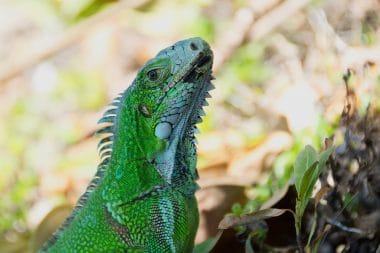
Hikes through the species-rich flora also promise relaxation. At the eastern end of Grande-Terre, a path leads up the cliffs to the Pointe des Châteaux, which offers spectacular views of the Atlantic Ocean and the Caribbean Sea.
A major attraction of the archipelago is the Guadeloupe National Park on the island of Basse-Terre, which covers an area of 75,000 hectares of rainforest.
Active holidays in Guadeloupe
Located in the national park is the Grande Soufrière volcano. It is considered an active volcano that last spewed lava in 1976 and is accessible to travelers. The ascent is considered moderately demanding. The summit is at an altitude of 1467 meters. Once at the top, a view into the crater is possible.
For water sports enthusiasts, there is the possibility of snorkeling, surfing and diving. That
Even for travelers who have had enough of sunbathing on the beach, Guadeloupe offers a whole host of activities such as surfing.
Eventful colonial history and diverse cultural mix
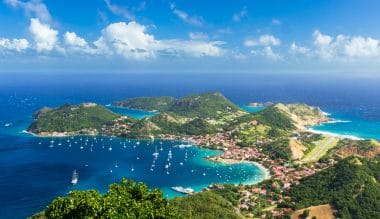
Christopher Columbus first set foot on Basse-Terre in 1493. The Caribs, the indigenous inhabitants of Guadeloupe, successfully resisted colonization by the Spaniards, but were no match for the French who invaded later. In 1674, the archipelago fell to France, then to England and back to France. The import of African slaves for work on sugar cane plantations began. After slavery was abolished in 1848, Indian servants took over the work on the plantations. In 2015, the Mémorial ACTe Museum opened, commemorating the history of slavery. It is considered part of the UNESCO slave route project.
The colonialist history is particularly visible on Marie-Galante – it is characterized by windmills and the ruins of a sugar factory.
To delve deeper into the present-day culture of the archipelago, the numerous festivities in the villages are particularly suitable. Here you can dance to various traditional music styles such as Gwo’ka, Biguine Vidé and Zouk.
Guadeloupe as a destination with other advantages
Even the high season on the small French Caribbean islands is not characterized by mass tourism – unlike other Caribbean islands. Of course, there is also the rum typical of the Caribbean , which can be tasted in distilleries.
Small markets full of traders also exude Caribbean flair – in addition to coconuts, inger and tamarind, punch can be bought in hand-painted bottles that make good souvenirs to take home.
Those who love French baguettes, pastries, good butter and cheese are also in the right place in Guadeloupe. The French influence is clearly noticeable and adds to the charm of the archipelago. Since this belongs to France and thus to the European Union, the official currency of the Euro and currency exchange and conversion is not necessary. Anyone who, as a citizen of the European Union, falls in love with one of the islands of Guadeloupe and wants to stay, can do so indefinitely without major obstacles and additional work permits.
The climatic conditions in Guadeloupe are not characterized by extremes. Thanks to north-easterly trade winds, the tropical climate is mitigated, so that temperatures on the coast vary between 25-28 degrees Celsius.


